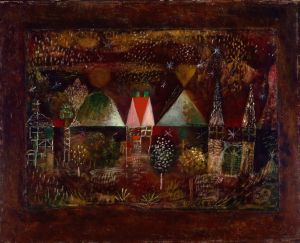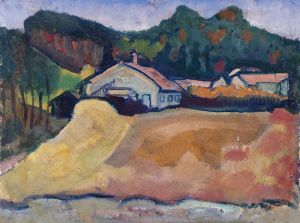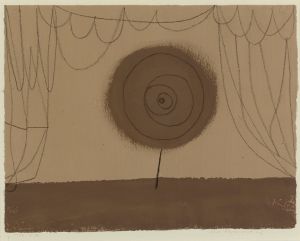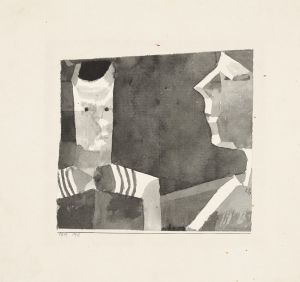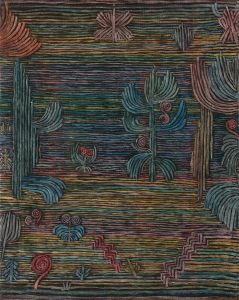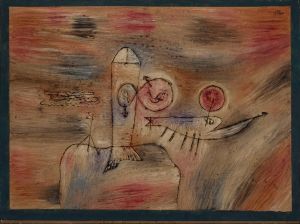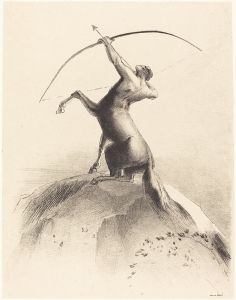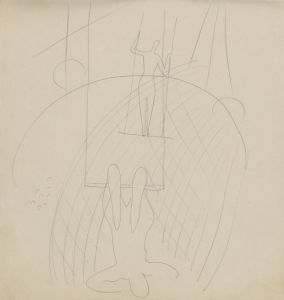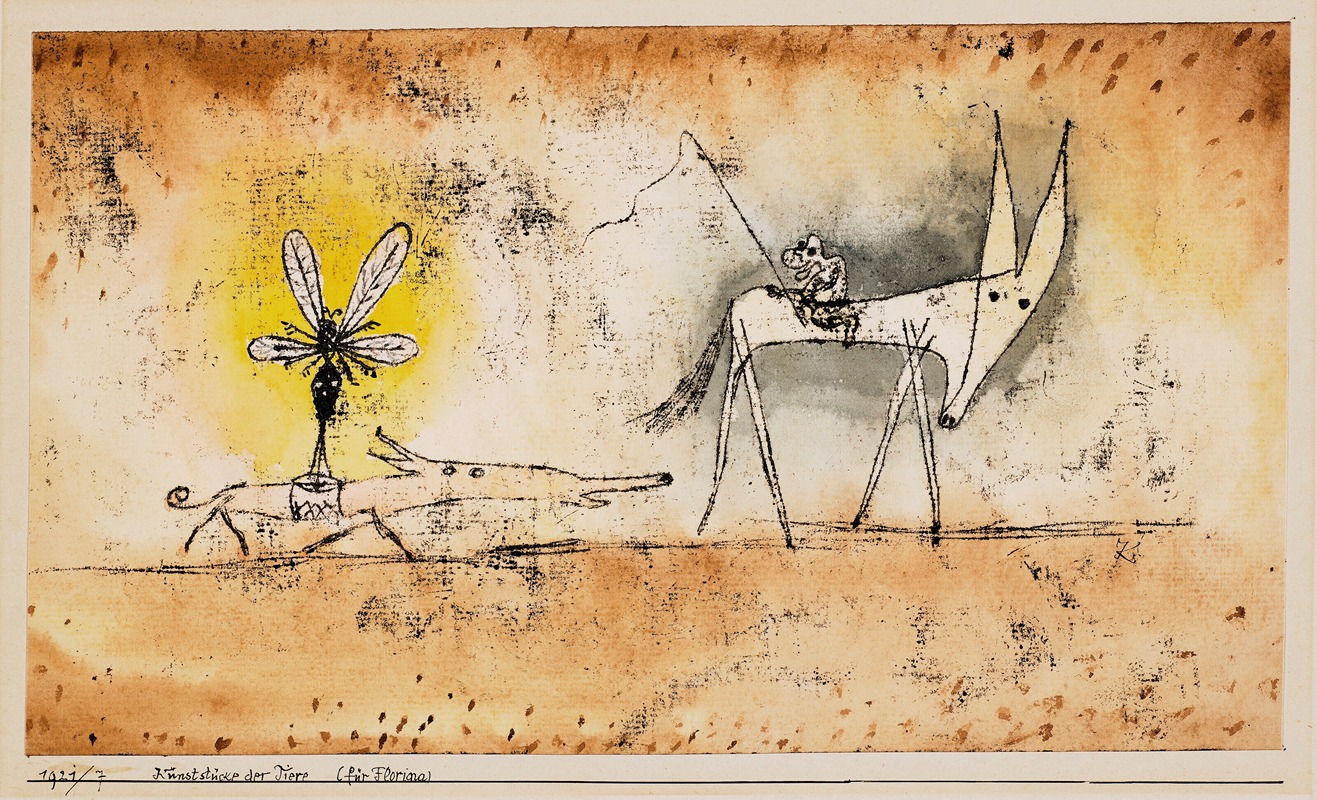
Kunststücke der Tiere
A hand-painted replica of Paul Klee’s masterpiece Kunststücke der Tiere, meticulously crafted by professional artists to capture the true essence of the original. Each piece is created with museum-quality canvas and rare mineral pigments, carefully painted by experienced artists with delicate brushstrokes and rich, layered colors to perfectly recreate the texture of the original artwork. Unlike machine-printed reproductions, this hand-painted version brings the painting to life, infused with the artist’s emotions and skill in every stroke. Whether for personal collection or home decoration, it instantly elevates the artistic atmosphere of any space.
Paul Klee, a Swiss-born artist, is renowned for his highly individual style that was influenced by movements in art that included Expressionism, Cubism, and Surrealism. One of his works, "Kunststücke der Tiere" (translated as "Animal Tricks" or "Animal Performances"), exemplifies his unique approach to art, which often combined whimsical elements with deeper philosophical undertones.
Klee was born on December 18, 1879, in Münchenbuchsee, Switzerland, and he developed an early interest in both music and visual arts, eventually choosing to pursue a career as an artist. He studied at the Academy of Fine Arts in Munich and became associated with influential art movements and figures throughout his career, including the Blaue Reiter group and the Bauhaus school, where he taught alongside other notable artists such as Wassily Kandinsky.
"Kunststücke der Tiere" is one of Klee's works that reflects his fascination with the natural world and his ability to imbue his subjects with a sense of playfulness and fantasy. Klee often drew inspiration from his surroundings and his experiences, and his works frequently feature animals, plants, and other elements of nature, rendered in a style that blends abstraction with figuration.
The painting "Kunststücke der Tiere" is characterized by Klee's signature use of color and line. His technique often involved layering colors and using a variety of media to create texture and depth. Klee's works are known for their vibrant color palettes, and he had a profound understanding of color theory, which he explored extensively during his time at the Bauhaus. This understanding is evident in "Kunststücke der Tiere," where the interplay of colors contributes to the dynamic and lively composition.
Klee's art is often described as childlike, not in its simplicity, but in its sense of wonder and exploration. He had a unique ability to capture the essence of his subjects with minimalistic forms and lines, often evoking a sense of movement and life. In "Kunststücke der Tiere," this approach is evident as the animals depicted seem to be engaged in a playful performance, each with its own character and charm.
Throughout his career, Klee produced over 9,000 works, and his contributions to modern art have been widely recognized. His work has been exhibited in major museums around the world, and he is considered one of the most influential artists of the 20th century. Klee's legacy continues to inspire artists and art enthusiasts alike, with his innovative techniques and imaginative compositions remaining relevant and admired.
"Kunststücke der Tiere" is a testament to Klee's artistic vision and his ability to transform ordinary subjects into extraordinary works of art. His exploration of the relationship between color, form, and meaning has left a lasting impact on the art world, and his works continue to be studied and celebrated for their creativity and depth.





